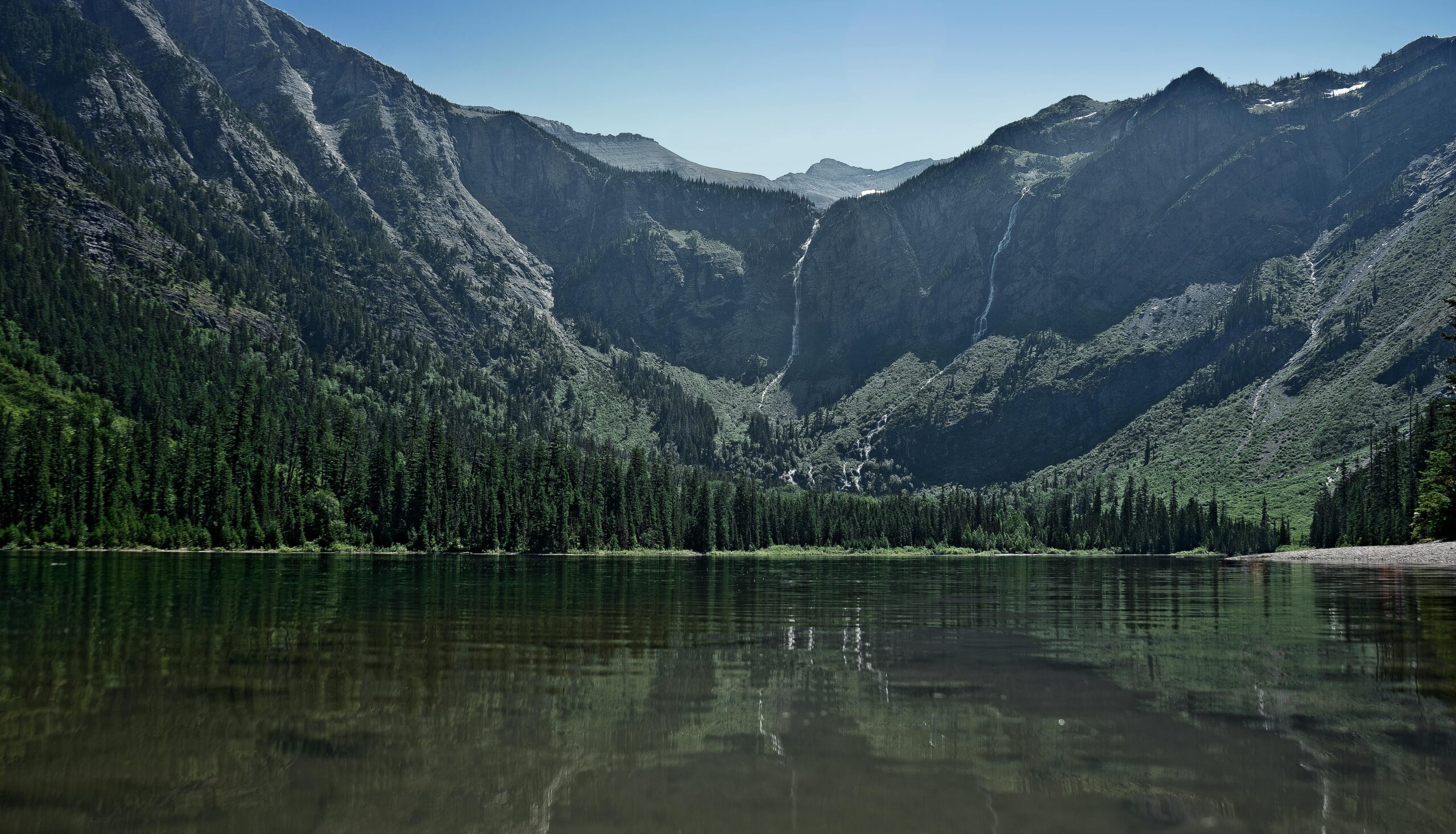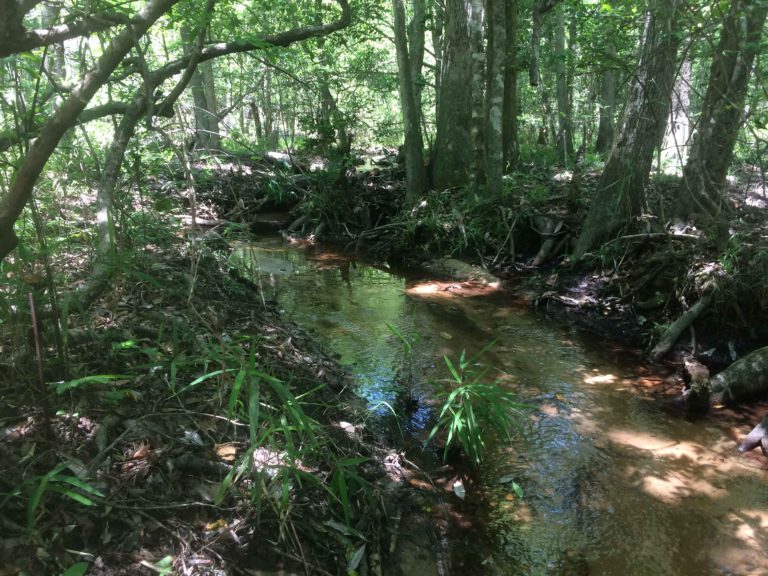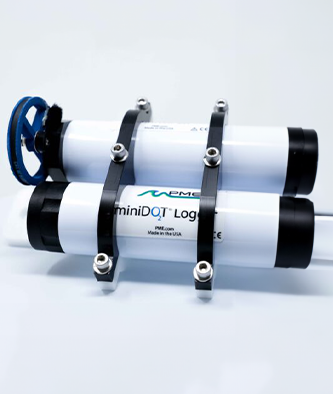Applications
Source and Raw Water
(Reservoirs, Rivers, Streams and Lakes)

Aptly named, source water refers to sources of water such as reservoirs, rivers, streams and lakes that provide water to public drinking water supplies or private wells. Monitoring source water offers us insights into the quality of water supplied to these networks, shedding light on the background and safety of the water as it relates to human consumption.
According to the Friends of Reservoirs organization, flowing water stored in reservoirs undergoes various physical and chemical transformations that can change the quality of water and aquatic habitats housed within the reservoir and downstream systems. The extent of the transformations is related to the water retention time in the reservoir, which is controlled by the reservoir’s storage capacity. Capacity is determined by the size of the receiving watershed and the extent of precipitation. Water in small, shallow navigation reservoirs fed by large rivers generally undergo little or no transformation because of the short retention times. Conversely, water stored for many months, or even years, in a deep storage reservoir fed by minor tributaries may undergo major transformations – significantly affecting aquatic life in the reservoir and in the river below the dam.
A reservoir’s annual temperature variations are some of the most influential factors shaping water quality; thus, detailed knowledge of the temperature regime is key to water-quality management (Elçi 2008). Dissolved oxygen is another key indicator of reservoir water quality. The concentration of dissolved oxygen in a reservoir determines the distribution of aerobic and anaerobic organisms which facilitates or limits decomposition (Cross and Summerfelt 1987). PME’s miniDOT® loggers measure both temperature and dissolved oxygen. In addition, PME’s Cyclops-7 and C-FLUOR loggers monitor a variety of biological indicators giving insights as to the quality of source and raw water.





